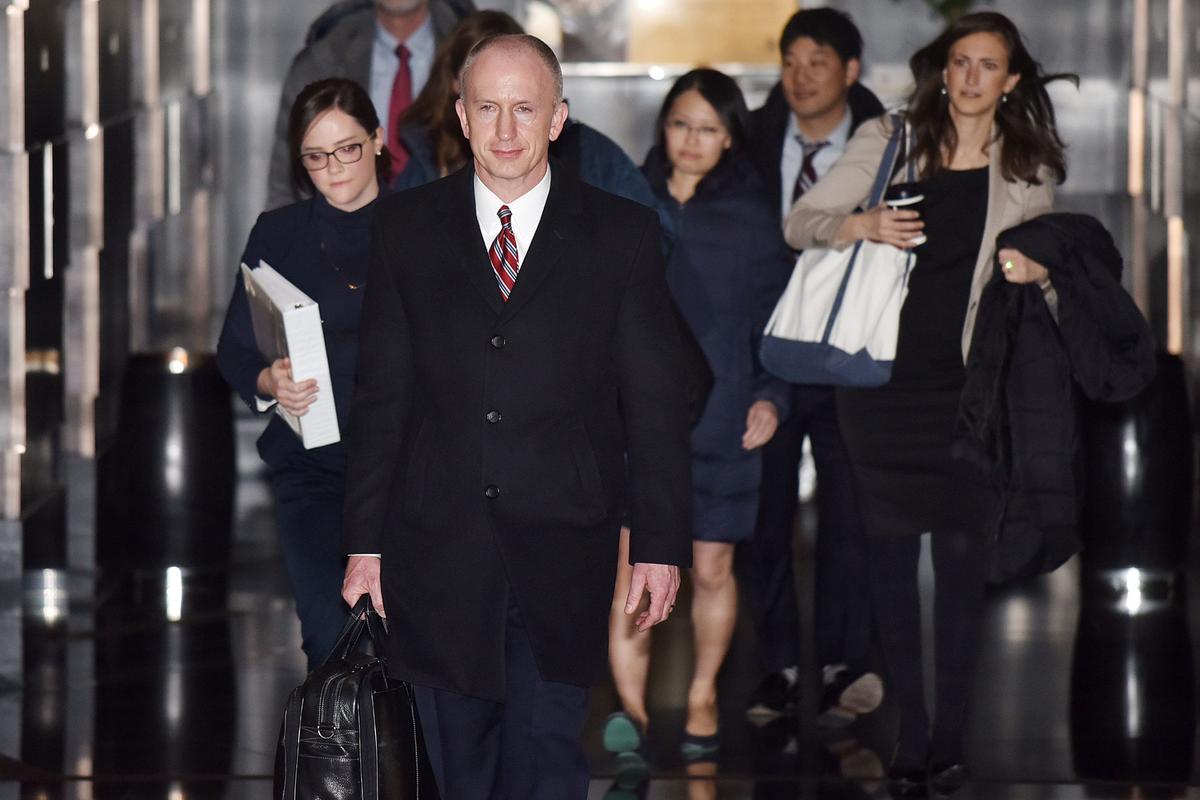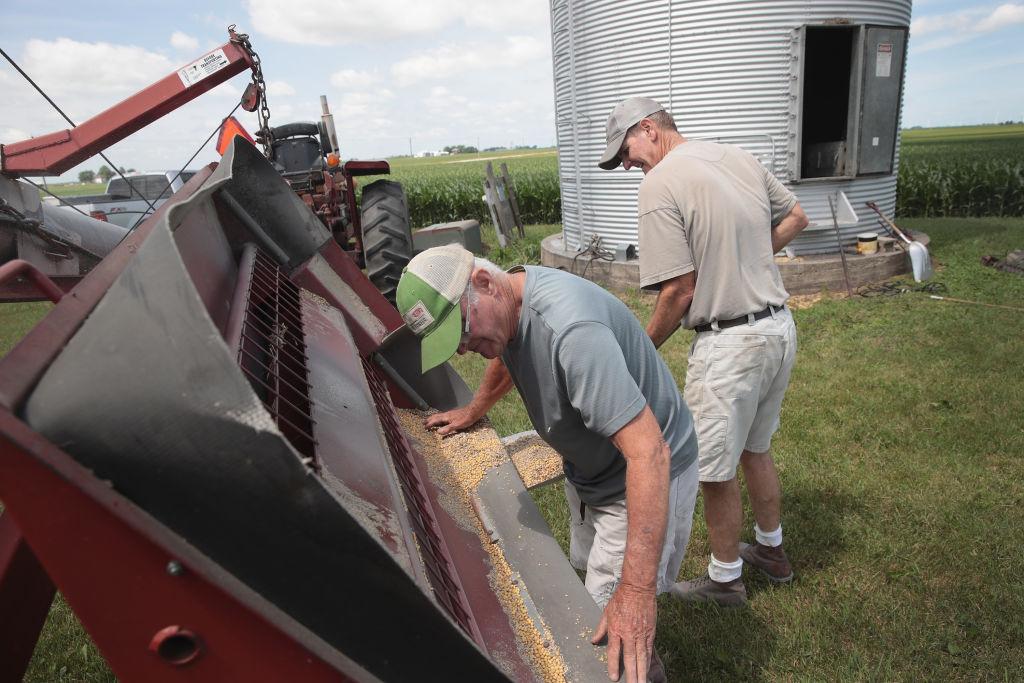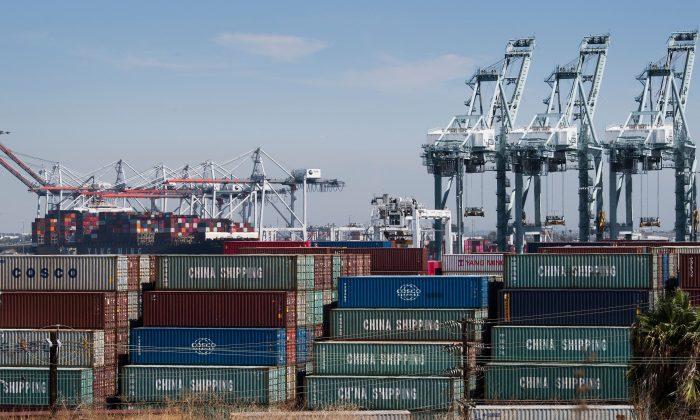WASHINGTON—U.S. and Chinese deputy trade negotiators were set to resume face-to-face talks for the first time in nearly two months on Sept. 19, as the world’s two largest economies try to bridge deep policy differences and find a way out of a bitter and protracted trade war.
The negotiations, on Thursday and Friday, are aimed at laying the groundwork for high-level talks in early October that will determine whether the two countries are working toward a solution or headed for new and higher tariffs on each other’s goods.
A delegation of about 30 Chinese officials, led by Vice Finance Minister Liao Min, arrived at the U.S. Trade Representative’s (USTR) office near the White House for the talks scheduled to start at 9 a.m. (1300 GMT). Deputy U.S. Trade Representative Jeffrey Gerrish also arrived to represent the United States.

The discussions are likely to focus heavily on agriculture, including U.S. demands that China substantially increase purchases of American soybeans and other farm commodities, a person with knowledge of the planned discussions told Reuters.
Two negotiating sessions over the two days will cover agricultural issues, while just one will be devoted to the strengthening of China’s intellectual property protections and the forced transfer of U.S. technology to Chinese firms.
The president is eager to provide export opportunities for U.S. farmers, a key Trump political constituency that has been battered by China’s retaliatory tariffs on U.S. soybeans and other agricultural commodities.
U.S. Commerce Secretary Wilbur Ross, in an interview on Fox Business Network on Thursday, said it remained unclear what China wanted and that “we will find out very, very shortly in the next couple of weeks.”
“What we need is to correct the big imbalances, not just the current trade deficit,” Ross said. “It’s more complicated than just buying a few more soybeans.”

Currency on Table
U.S. Treasury Secretary Steven Mnuchin, who will participate in the October talks along with USTR Robert Lighthizer and Chinese Vice Premier Liu He, has said that currency issues will be a focus of the new rounds of talks.Trump has said that China failed to follow through on agricultural purchase commitments made by its leader, Xi Jinping, at a G20 leaders summit in Osaka, Japan as a goodwill gesture to get stalled talks back on track.
When such purchases failed to materialize during U.S.-China trade talks in late July, Trump quickly moved to impose 10 percent tariffs on virtually all remaining Chinese imports untouched by previous rounds of tariffs.
But in an easing of tensions last week, Trump delayed a scheduled Oct. 1 tariff increase on $250 billion worth of Chinese imports until mid-month, as China postponed tariffs on some U.S. cancer drugs, animal feed ingredients and lubricants.
White House officials signaled warming negotiations as the deputies were set to begin their sit-down.
U.S. Vice President Mike Pence, in a Fox Business Network interview that aired on Thursday, said: “The atmospherics are improving but ... President Trump is going to stand firm.”
“There’s a little softening in the air,” White House adviser Larry Kudlow said in a separate interview on the television network Thursday morning.
Beijing also is seeking an easing of U.S. national security sanctions against telecom equipment maker Huawei Technologies, which has been largely cut off from buying sensitive U.S. technology products.
The trade war has dragged on for 14 months. Trade experts, executives and government officials in both countries say that even if the September and October talks produce an interim deal that includes purchases and a reprieve for Huawei, the U.S.-China trade war has hardened into a political and ideological battle that runs far deeper than tariffs and could take years to resolve.
Jon Lieber, a principal in PwC’s national tax services practice, said a “very narrow agreement” in October would do little to solve fundamental differences between the two countries.
To keep markets steady, the two sides could well “string along the talks for a longer period of time,” he added.






Friends Read Free